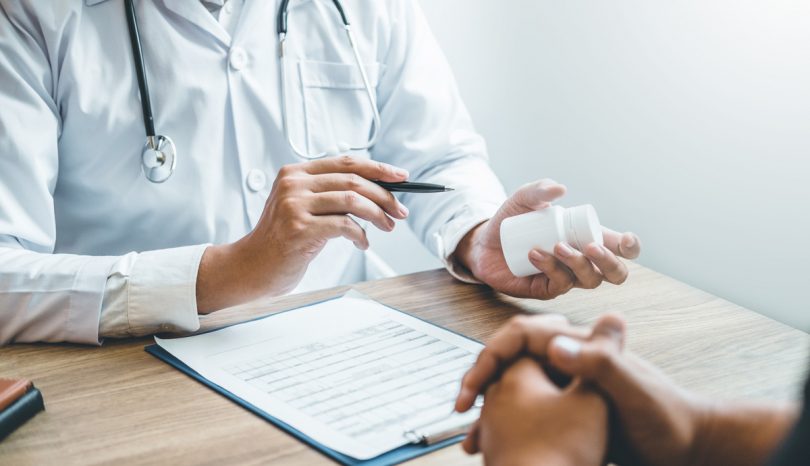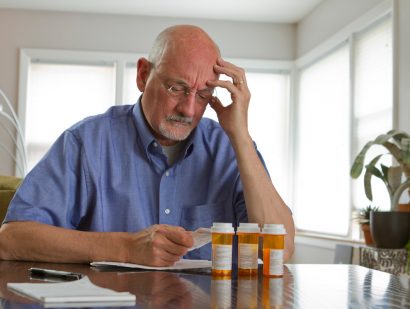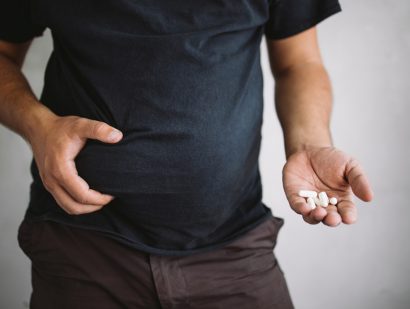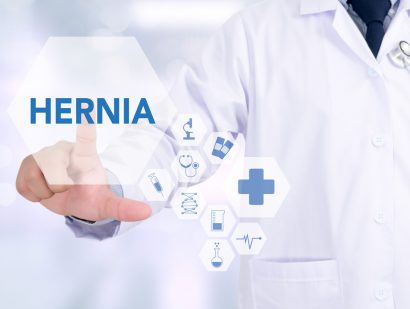- Find A Medical Provider
- Auto Injuries
- Common Injuries
- Medical/Pharmaceutical
- Types of Medical Injuries
- Malpractice Injuries
- Drug and Medical Device Injuries
- Drugs and Devices Linked to Cancer
- Opioid Addiction
- Drugs and Devices Known to Cause Injury
- 3M Combat Arms Earplugs – Hearing Loss
- Accutane
- Aciphex
- Actonel
- Actos
- Adderall and Ritalin
- Advair
- Aldara (Imiquimod)
- Alli
- Ambien
- Amiodarone
- Anzemet
- Aptivus
- Aranesp
- Arava
- Atorvastatin
- Avandia
- Benicar
- Birth Control Medication
- Blood Thinners
- Essure
- Fosamax (Alendronate Sodium)
- Gadolinium-Based MRI Contrast Agents
- Granuflo
- Hernia or Surgical Mesh Injuries
- Hydroxycut
- Inferior Vena Cava Filters
- Invokana Toe and Foot Amputations
- Ketek
- Levaquin
- Lipitor
- Mirapex
- Neurontin
- Onglyza
- Over-the-Counter Medications
- OxyContin
- Paxil
- Power Morcellators
- Pradaxa
- Propecia
- Reglan
- Talc Powder
- Trasylol
- Valsartan
- Viagra
- Xolair
- Zelnorm
- Zoloft
- Work Injuries
- Sports Injuries
- Marketing Services
- Blog
List your practice on InjuredCare | Log in / Sign up
Opioid Addiction Treatment

Opioid Addiction Treatment
Opioids are powerful enough to affect even the most informed and responsible people. Therefore, it's critical to have resources available to limit the effects opioid addiction can have on individuals and the communities where they live. With around 1.7 million Americans suffering from a substance abuse disorder related to prescription pain relievers, and around 652,000 Americans suffering from heroin dependency, it's safe to say that opioid misuse has become a national epidemic (source).
What is being done to address the opioid epidemic?
In addition to the already alarming number of Americans misusing opioids, 47,000 people died from an overdose of an opium-based drug in 2017 alone. That equates to roughly 130 fatal overdoses per day. Luckily, national organizations are placing significant resources towards the development of education, alternative treatments, and anti-addiction/overdose methods and medications. The two organizations at the forefront of the opioid epidemic are the U.S. Department of Health and Human Services (HHS) and the National Institutes of Health (NIH). The focus of these two organizations are as follows:
- Increasing the volume and efficacy of treatment facilities
- Assisting in access to treatment institutions for affected individuals
- Developing and promoting the use of effective overdose-reversing drugs
- Maintaining awareness of the epidemic through comprehensive public health surveillance
- Paving the way for better pain management practices and providing necessary alternatives
- Supporting the execution of necessary pain and addiction research
- Researching and establishing more effective, natural, non-addictive and safe strategies for managing chronic pain
- Continually offering innovative technologies and medications aimed at treating opioid misuse conditions
- Improving the practices and methods for overdose prevention and reversal to support healthy recovery and save lives
Opioid abuse treatments
Due to the potency of opium-based drugs, the best treatment is always going to be preventative measures. These include informing yourself and your loved ones on (1) the proper use of any prescribed opioid-based medication, (2) how to identify signs of dependency or misuse and (3) the treatment options available to those who become addicted. The more informed you and your family are, the less likely you are to become addicted to opiates and the more quickly and confidently you will act to take the necessary measures to treat addiction should it occur. These actions will likely include one or more of the opioid addiction treatments below:
Rehabilitation
Rehabilitation centers are focused on providing drug abusers with the venue and resources to detox and, ideally, recover from addiction. Rehab clinics are staffed with engaging, friendly and knowledgeable experts dedicated to assisting patients with their addictions. This offers a safe and conducive environment that is devoid of specific triggers and risk factors as patients approach their recovery process.
Counseling/therapy
Many opioid abusers find the assistance of group or individual therapy or counseling helpful for the development of long-term treatment and prevention strategies and tactics, as well as other general guidance for living as a recovering addict.
Methadone
One of the most common treatment approaches is methadone. Methadone is a controlled opioid that can assist in the rehabilitation of opioid addiction while preventing withdrawal symptoms. It is an effective initial approach towards easing patients off their opium dependency for three reasons:
- It reduces the patient's desire to acquire more potent, illicit forms of opium.
- It prevents withdrawal symptoms, thereby eliminating a barrier towards recovery.
- It stabilizes the patient's behavior to allow for further recovery steps to be taken.
Buprenorphine
Similar to methadone, buprenorphine is a partial opioid agonist. However, buprenorphine will not produce the euphoria and sedation of heroin or other opioids and may reduce withdrawal symptoms. By reducing the positive effects of opioid use, buprenorphine slowly eliminates the patient's severe urge to acquire and use opioids.
Patients receive buprenorphine from a qualified physician at a licensed facility. There are two forms of buprenorphine:
- Pure buprenorphine, which will reduce withdrawal symptoms and ease patients away from the urge to take opioids, and
- Suboxone, a combination of buprenorphine and naloxone. Patients receive the benefits of buprenorphine with the addition of a opioid receptor blocker (naloxone). If patients take Suboxone as prescribed, the naloxone will have no effect. If the patient attempts to inject Suboxone (a more potent form of administration), the naloxone will generate severe symptoms of withdrawal. This discourages the misuse of the prescription.
Naltrexone
Naltrexone is a synthetic form opioid antagonist. This means that it will block opiate receptors from binding with an opiate introduced into the patient's body. This eliminates the euphoric and other positive effects of opioids, discouraging the abuse of opiates. Naltrexone is also an overdose reversal medication. Naltrexone can produce withdrawal symptoms and therefore should be used only after a patient has undergone detoxification.









